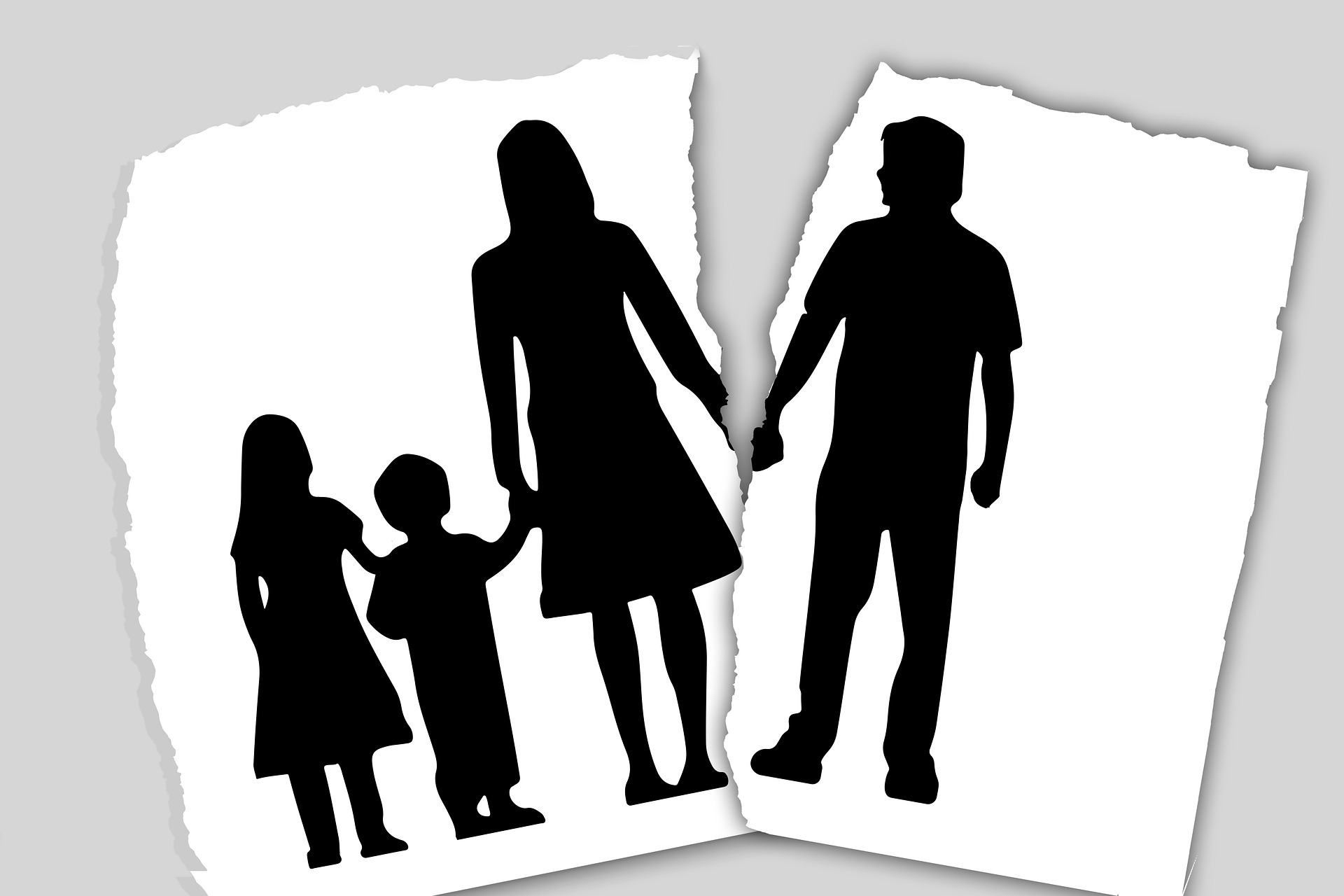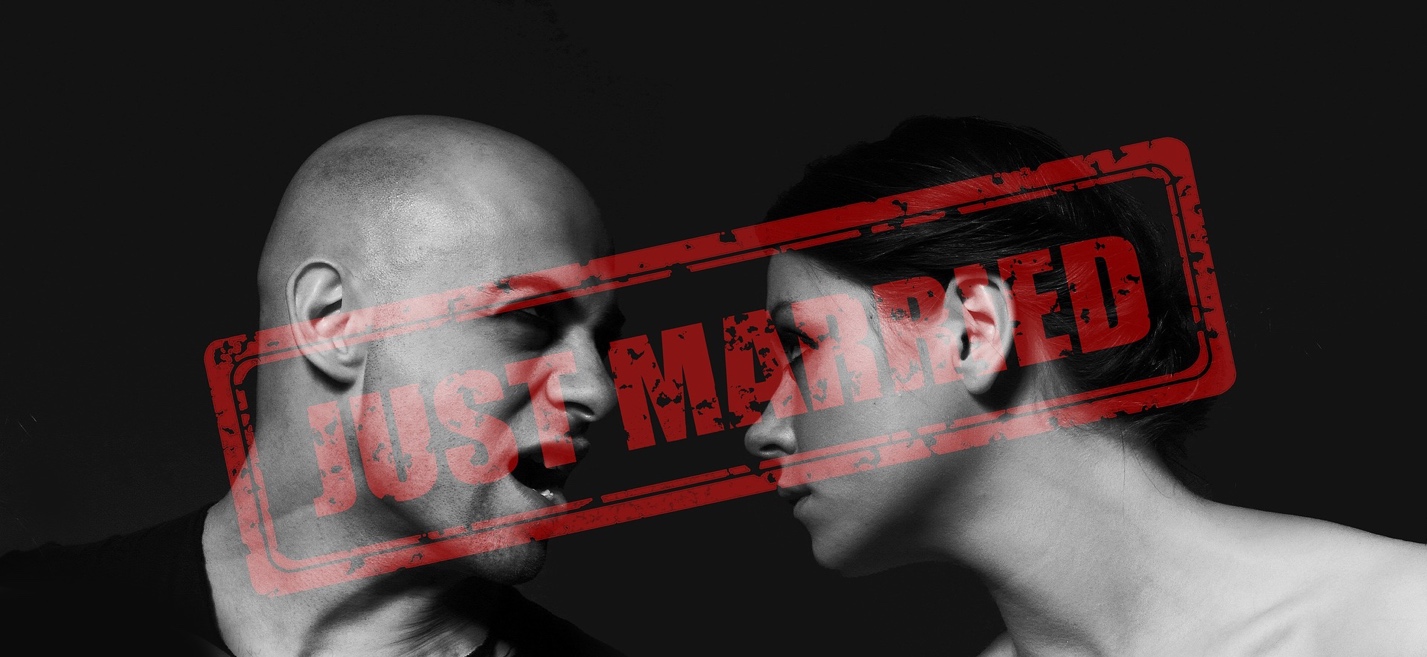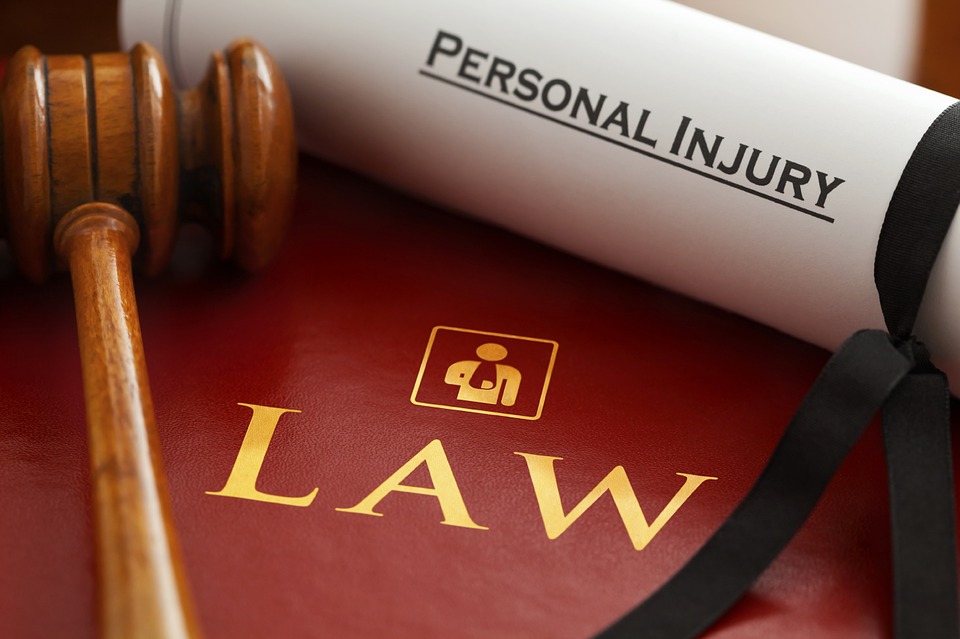Brushing up negatively against your employer is a scary and complicated experience. While never ideal, it is critical to bring your situation to court so that justice can be done.
At the same time, it’s important to know exactly what constitutes as a valid claim against an employer before charging towards the judicial system. Here are a few things to consider before deciding to file a claim against your employer.
Know Your Rights:
The first thing you should always do is research. Turn towards government websites to learn more about harassment, discrimination, privacy and compensation laws that pertain to your situation and are intended to protect you.
Speak To Your Employer:
Before you consider any legal action, you should speak to an employer about the situation to first see if there is any way to resolve. Most companies want to avoid legal conflicts: it looks bad for their business and it’s incredibly expensive. Bringing your claim to court will ultimately be costly to you as well, so addressing your situation with the employer will confirm whether you have a case or not. It will determine whether you were being mistreated or whether there was a discrepancy or misunderstanding within the relationship that can be fixed.
Before speaking to your employer, make sure to have completed step one. The more you know about your own laws, the more confident you will be when presenting your argument. Manipulative employers will have a more difficult time swindling you if you reinforce yourself with fact. Prepare solutions to suggest and ensure that your employer leaves the meeting with the intent to resolve.
Never become overly emotional, as anything you say can come back to haunt you later. Instead, speak firmly and privately to allow for the best environment for a positive resolution.
Of course, not all situations with employers lend themselves to a formal discussion. If you feel that your employer is putting you in danger or has created an unsafe situation, then disregard this step and jump to the next.
Write Down Your Story:
Write down a report of your situation as soon as possible with key events and a timeline to reinforce your story and keep details fresh in mind. This will help you later when it’s time to defend yourself and combat discrepancies. Gather evidence to support your stories such as office documents, emails, texts, or employee handbooks.
When to Consider Legal Action:
If you’ve realized you have an effective case, have not come to a solution to with your employer, and feel as if you have enough evidence to support your claim, should you still follow through with legal action? Here are a few specific things to consider before making such a drastic step.
Have Results in Mind:
It’s important to not treat workplace mistreatment as an opportunity to receive justice. You need to walk away with more than just pride – you need compensation. What would you like your employer to offer you that they have not? What are they withholding from you that you would like the justice system to grant you?
Remember Legal Costs:
The prosecution is an expensive and time-consuming effort. You might not see results for years, and depending on your long-term financial situation you might not be able to afford legal fees. Is the outcome of your dilemma going to cover the cost of an attorney?
Is Your Case Strong Enough for Court?
What you might consider is a strong argument against your employer, in reality, might be dependent on circumstantial evidence. It’s important to consult with a professional. Trusted sources like a New York OSHA Complaints Attorney or another professional legal team will determine whether you have a case and help you decide if you should move forward with your claim.
Before you decide to follow through, remember that emotional resentment against an employer is not as powerful as evidence. Consider your goals, re-evaluate your evidence, and consult with an attorney before filing a claim.
Read Also:






















